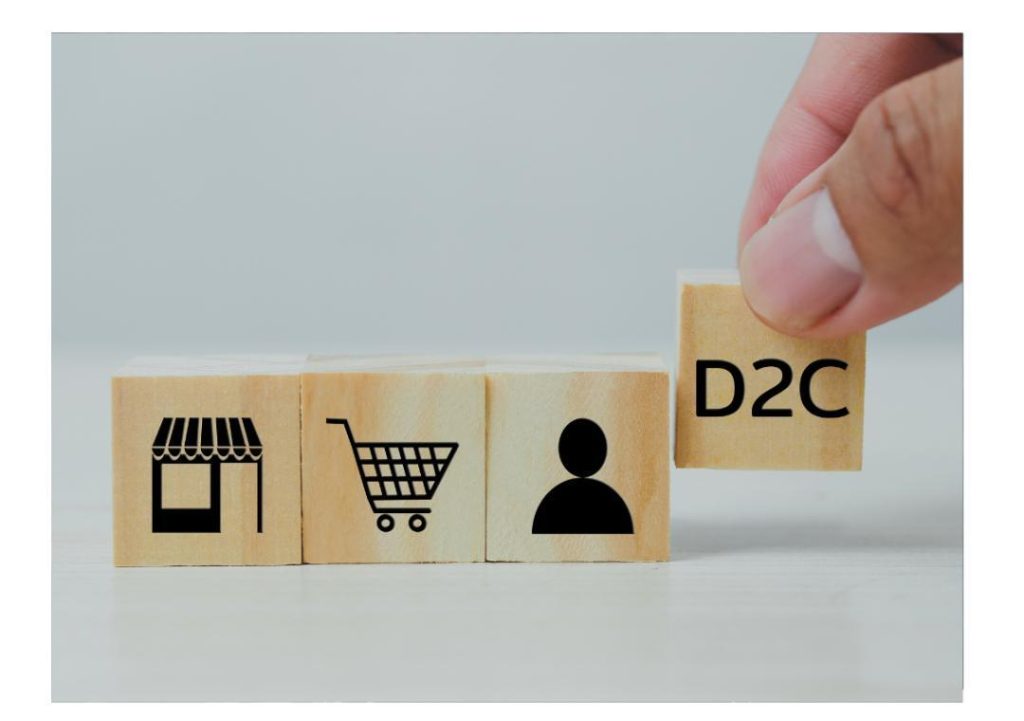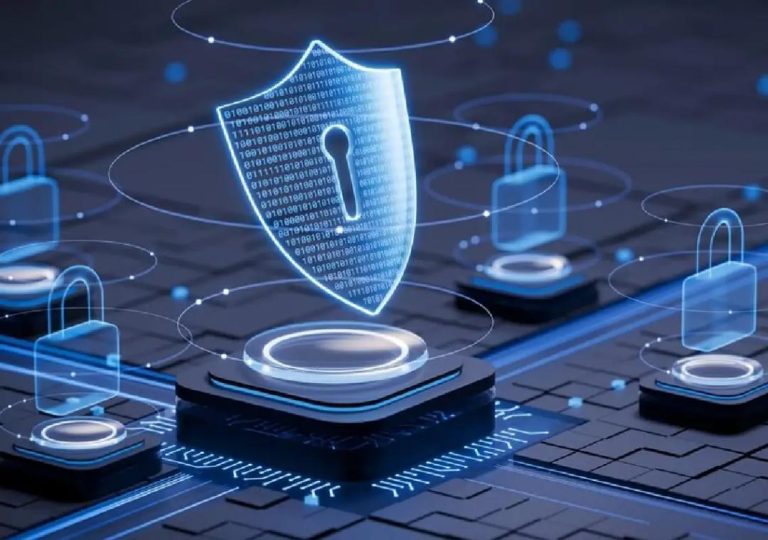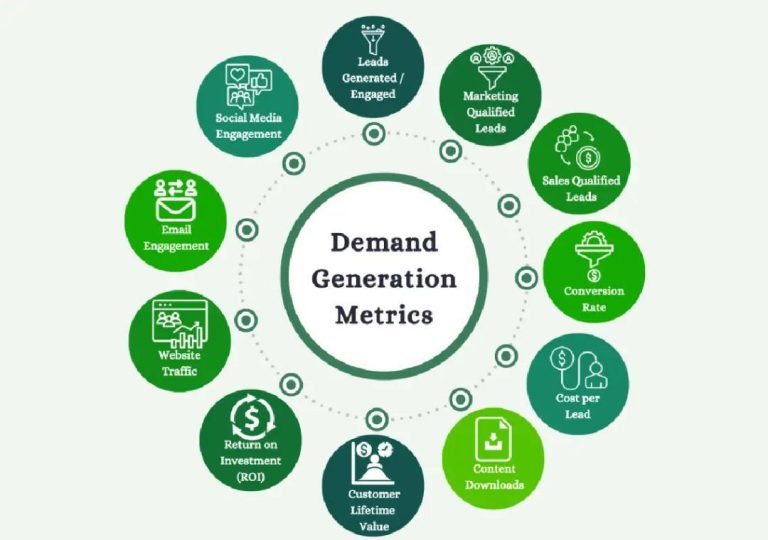
D2C vs B2C: Understanding the Sales Channels
In today’s competitive market, businesses are constantly striving to stay ahead of the curve by adopting innovative sales strategies. Two popular sales channels that have gained significant attention in recent years are Direct-to-Consumer (D2C) and Business-to-Consumer (B2C). While both models have their own advantages and disadvantages, understanding the key differences between them is crucial for businesses looking to establish a strong online presence.
What is D2C?
D2C brands sell directly to customers, cutting out middlemen like wholesalers and retailers. This allows for better control over pricing, branding, and customer experience. By eliminating intermediaries, D2C brands can build stronger relationships with their customers, gather valuable feedback, and make data-driven decisions to improve their products and services.
Some of the key benefits of D2C models include:
- Direct control over pricing and inventory management
- Improved customer experience through personalized communication and support
- Increased brand loyalty and retention
- Better access to customer feedback and data
- Greater flexibility to respond to changing market trends and consumer preferences
Examples of successful D2C brands include Dollar Shave Club, Warby Parker, and Casper Mattresses. These companies have disrupted traditional industries by offering high-quality products at competitive prices, while also providing an exceptional customer experience.
What is B2C?
B2C models typically involve layers of intermediaries, including distributors, wholesalers, and retailers, before products reach the end user. In this model, businesses sell their products to retailers, who then sell them to consumers. While B2C models can be effective for businesses with established distribution channels, they often come with higher costs and lower margins.
Some of the key challenges faced by B2C businesses include:
- Limited control over pricing and inventory management
- Difficulty in building strong relationships with customers
- Less access to customer data and feedback
- Higher costs due to intermediaries and distribution channels
Examples of traditional B2C businesses include companies like Procter & Gamble, Unilever, and Coca-Cola. While these companies have been successful in the past, they are facing increased competition from D2C brands and must adapt to changing consumer preferences.
Key Differences between D2C and B2C
While both D2C and B2C models have their own advantages and disadvantages, there are several key differences that set them apart:
- Pricing and Inventory Management: D2C brands have more control over pricing and inventory management, allowing them to adjust quickly to changing market conditions. B2C businesses, on the other hand, must rely on intermediaries to manage their products.
- Customer Experience: D2C brands can provide a more personalized and tailored customer experience through direct communication and support. B2C businesses often struggle to provide a consistent customer experience due to the number of intermediaries involved.
- Brand Loyalty: D2C brands can build stronger relationships with their customers, leading to increased brand loyalty and retention. B2C businesses often struggle to build strong relationships with customers due to the lack of direct communication.
- Data and Feedback: D2C brands have better access to customer data and feedback, allowing them to make data-driven decisions to improve their products and services. B2C businesses often rely on intermediaries to provide data and feedback, which can be limited and unreliable.
Conclusion
In conclusion, D2C and B2C models represent two different approaches to selling products to consumers. While D2C brands offer greater control over pricing, branding, and customer experience, B2C businesses often struggle with intermediaries and distribution channels. As businesses look to establish a strong online presence, understanding the key differences between D2C and B2C models is crucial for making informed decisions about their sales strategy.
By adopting a D2C approach, businesses can build stronger relationships with their customers, gather valuable feedback, and make data-driven decisions to improve their products and services. On the other hand, B2C businesses must adapt to changing consumer preferences and find ways to provide a consistent customer experience despite the number of intermediaries involved.
Ultimately, the choice between D2C and B2C depends on a business’s goals, resources, and target market. By understanding the key differences between these two sales channels, businesses can make informed decisions about their sales strategy and stay ahead of the competition.
Source:
https://www.growthjockey.com/blogs/d2c-vs-b2c-key-differences






